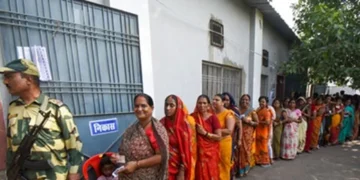Blitz Bureau
NEW DELHI: India’s tier 2 and Tier 3 cities currently account for only 6 per cent of the country’s data capacity centres or approximately 82 MW, but by 2030, that number is expected to rise to 300–400 MW, according to latest reports. The country will play a crucial role in maintaining the digital economy, as its total capacity is predicted to exceed 4,500 MW during the same time frame, the latest reports said.
Metropolises like Bengaluru, Delhi, and Mumbai have long dominated the domestic data economy. However, tier 2 and 3 cities are now becoming important forces behind the country’s digital revolution. Cities like Kochi, Mohali, Jaipur, and Indore are rapidly emerging as hubs for edge computing, data centres, and innovation. They are now essential to creating a decentralised digital India, where they were once viewed as peripheral, the reports noted.
A combination of encouraging Government regulations, business decentralisation, and the growing need for localised data processing is driving this change. These cities have definite benefits, such as easier business environments, reduced operating costs, and close proximity to users.
But in order to really succeed, they require a robust and adaptable data infrastructure. Modular, pre-engineered data centre solutions are becoming more popular due to space constraints, difficult cooling requirements, and a lack of local resources, the report said. High-density computing at edge sites is now possible without sacrificing efficiency thanks to emerging technologies like liquid cooling and AI-optimised airflow.
































